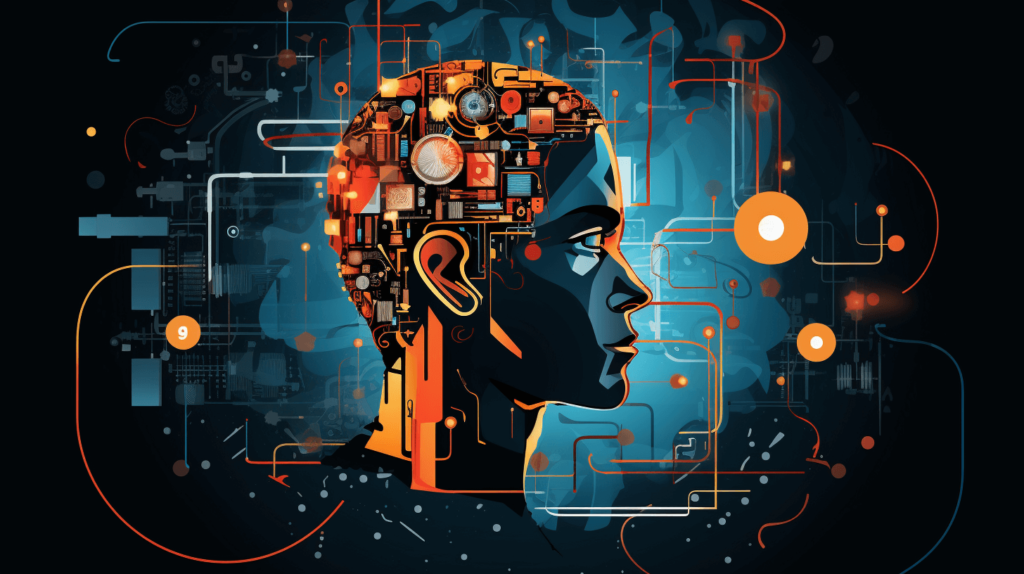Science
China Conquers Space: First an Asteroid, Then a Distant Comet
15 July 2025

What keeps us company all day long and lets us feel that we exist although we don’t understand it at all? Consciousness, of course. Supporting question: will the riddle of its phenomenon ever be solved? Well, the answer to this one is much more difficult.
Philosopher David Chalmers divided the problems of consciousness into ‘easy’ and ‘hard.’ How does the brain process the stimuli that reach it from our surroundings? How does it connect the dots? How do we find out what we actually feel?—all these questions cover the easy problems, although the term ‘easy’ is not entirely appropriate. After all, researchers often need much time to solve them; still, science is (or will be) able to provide answers, and this is a crucial conclusion here.
The hard problem of consciousness is the claim that we still haven’t adequately explained why the processing of information by the brain is accompanied by experience. Couldn’t these functions operate in the background, without us knowing? Chalmers believes that science will remain unable to answer this question until it changes its methods of studying consciousness.
The subjective inner experiences that accompany sensations are referred to as qualia. For example, looking at the color green evokes a sensation of green—in other words, when we look at green, we “feel green.” Consequently, the definition of consciousness can be provisionally simplified as follows: to be conscious means to have qualia.
Qualia may be worthy of research if we want to explore the nature of human consciousness and finally solve the hard problem. However, the matter is much more complicated than it seems because qualia do not always provide an accurate reflection of reality in the brain. In one experiment, the participant’s arm was covered from their sight and a rubber hand was inserted in the sleeve of their shirt. A few tricks later, the participant started to treat the rubber hand as their own. You can view this incredible illusion here: https://www.youtube.com/watch?v=sxwn1w7MJvk.
Furthermore, qualia aren’t even necessary to use senses, as proved by patients with blindsight. Although the eyes of such people work normally, their visual cortex is damaged, and they claim they cannot see anything—in other words, they don’t experience any visual qualia. However, when asked to go through a corridor with scattered boxes, they bypass the obstacles. Similarly, they are able to put a letter in a mailbox with the light turned on but not in a dark room. According to the current scientific explanation of this phenomenon, two visual pathways are at work in the brain: one processes objects, while the other deals with location. In blindsight, only the object pathway is damaged, so patients are still able to perceive the outlines of things, especially during movement, but they cannot see any details.
Consciousness is a tough riddle: researchers still struggle to find a method capable of solving the hard problem without oversimplifying the matter. Philosophy, however, has developed an approach known as mysterianism, according to which contemporary science cannot solve the mystery of consciousness. One of its representatives, Thomas Nagel, has attempted to prove this thesis by formulating a famous question: what is it like to be a bat?
We may try to imagine how it feels to fly in the forest after dusk and catch insects in our mouths, hang from trees upside down, or move in the world using echolocation. Still, all of this will only indicate what we would feel as humans if we behaved like bats. Nagel points out that people can never understand how a bat perceives being a bat. We will always be limited by our own point of view and our human notions regarding the lives of other creatures.
Chalmers doesn’t lay down his arms either, putting forward a postulate that consciousness is a fundamental property of matter and as such cannot be simplified. Another example is mass: we cannot explain why objects have mass, and we just have to accept this as a fact. According to Chalmers, consciousness works in a similar way: it’s a basic feature which emerges wherever matter and energy merge to form complex structures.
We recommend:
Researchers Francis Crick and Christof Koch developed an interesting approach which combines science with philosophy. First, they coined a new term—the neural correlates of consciousness, defined as “the minimal neural mechanisms that are together necessary and sufficient for experiencing any conscious percept.” Working along those lines, they managed to discover that consciousness is a result of cooperation between several brain regions rather than a product of activity within just one part.
The brainstem is a structure which keeps us conscious by controlling the vital activities such as breathing or cough. Although its direct links with qualia haven’t been revealed, the neural pathways that supply acetylcholine to the brain start right there. Acetylcholine in turn is a neurotransmitter which allows consciousness to form, but studies have established that it cannot do so alone.
The cerebral cortex was proved to show oscillations within the range of 35–75 Hz which form the basis of consciousness. The discovery marked a considerable progress in science, but it also provoked an immediate objection formulated by other researchers: why should the oscillations of the brain rhythm produce conscious experiences? Thus, the entire discussion circled back to the hard problem of consciousness, and science was left empty-handed.
Will we ever overcome this stalemate? The ongoing speedy development of technology and artificial intelligence may lead to a breakthrough, but it will certainly bring around new problems and questions too. Can a machine be conscious? Before we attempt to explain doubts such as this, we should at least know where human consciousness comes from. However, after decades of struggle, it seems that science and philosophy must join forces if they ever want to solve the riddle of consciousness for good—and this may be the hardest task of all.
You may also like:
We recommend:



Science
13 July 2025

Zmień tryb na ciemny